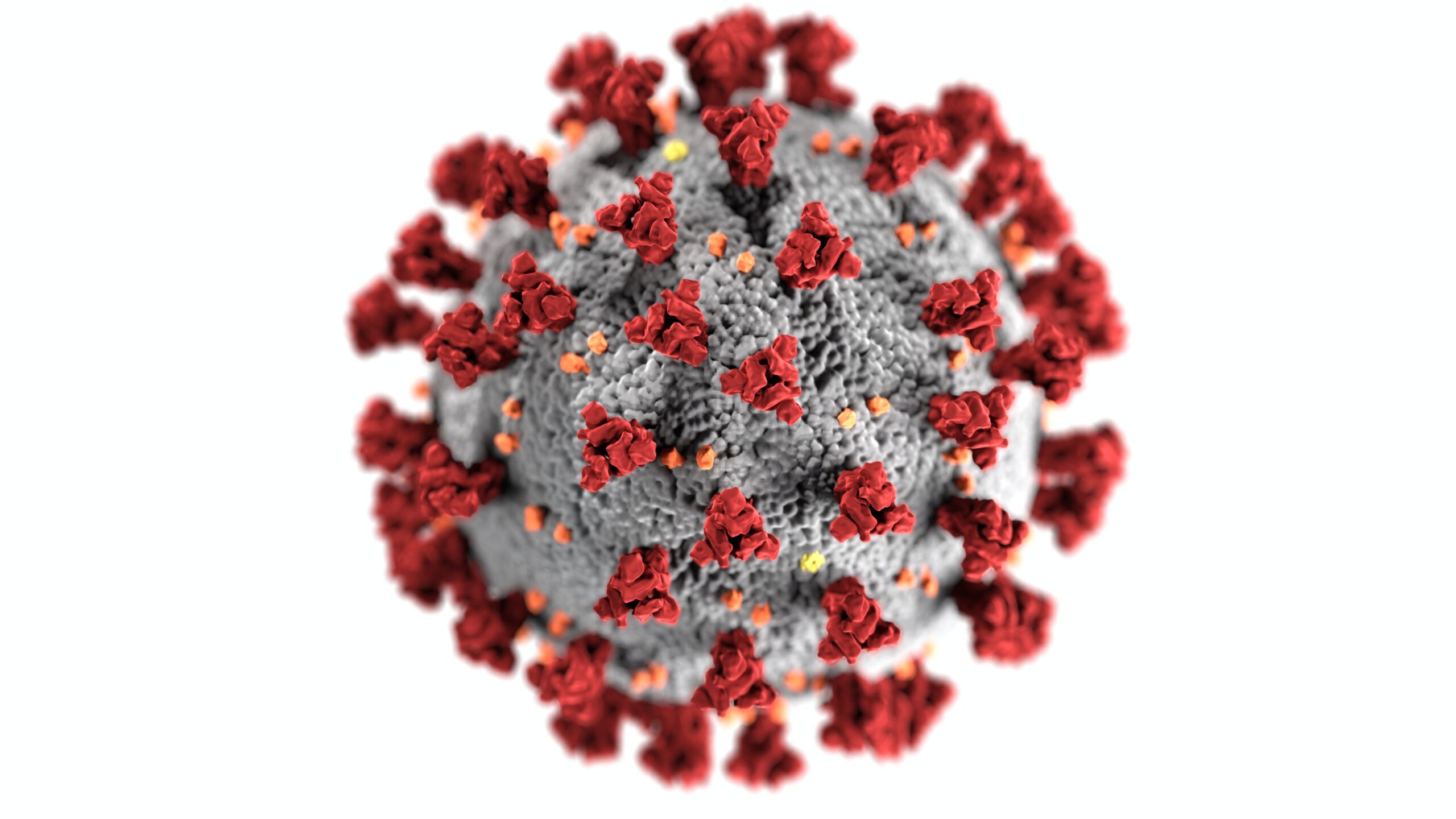Covid & Blood Clot Complications – Here’s How to Lower Your Risk
COVID-19
Blood clots are serious and without treatment, can wreak havoc on internal organs causing long-term complications, amputations and even, death. Covid-19 can trigger blood clots, but there are ways to lower your risk.
When Covid-19 first crisscrossed the globe and landed in New York, Broadway star Nick Cordero was only 41-years old. His Covid complications included severe blood clots throughout his body causing mini-strokes, the amputation of his right leg, and organ failure. After three months of hospitalization, Nick Cordero died.
Two years later, 30-year-old flight attendant Candice Davis contracted Covid resulting in massive blood clots and the amputations of three limbs – one arm above the elbow, one arm below the elbow, one leg below her knee – and a mid-right foot. She is recovering, but life is forever altered.
Covid Inflammation = Increase in Clot Risk
One underreported Covid risk is blood clotting. It often requires amputations and other interventions like blood thinning medications and antivirals. Since Covid-19, limb amputations have increased by 50% in the United States. Some vascular surgeons suggest that inflammation – the hallmark of Covid-19 – damages the inner lining of blood vessels, which increases blood clotting.
Recognizing Types of Blood Clots
A Belgium group described an increase in major amputations from 15% in 2019 to 42% in 2020 after Covid-19 infections presented in acute limb ischemia or ALI. ALI occurs when there is a sudden lack of blood flow – usually caused by a blood clot – to an arm or leg threatening the viability of the limb. Blood clots can also travel to the lungs, the brain and other organs that can often be life-threatening without immediate medical treatment.
A thrombus is a blood clot that forms where it should not. The clot may stay in one spot (thrombosis) or move through the body (embolism). Clots that move are especially dangerous. Blood clots can form in arteries (arterial clots) or veins (venous clots). Any clot that forms in arteries or veins can be serious.
A deep vein thrombosis (DVT) forms in your body’s larger veins. When a DVT makes its way to your lungs and gets stuck, the condition is a pulsar embolism or PE, which can stop blood from flowing and is very serious and often, fatal. In the U.S., DVT’s and PEs result in 100,000 deaths annually.
How to Reduce Clotting Risk
While clotting continues to remain a risk during and even a year after a Covid infection, you can lower your risk by:
- Taking Antiviral & Anticoagulation meds reducing inflammation
- Continuing to Move – Immobility increases clotting risk
- Staying Hydrated
- Wearing Compression Socks
- Using Inflatable Cushions for Calves
- Elevating legs
- Seek Immediate Medical Attention if any of the following Clotting Signs are observed: Facial drooping, swelling, tenderness, pain or discoloration in arms and legs, sudden shortness of breath, chest pain or pain radiating to the neck, arms, jaw or back, difficulty speaking, darkness of one arm or leg.
I welcome all comments, questions, phone calls, and emails! Please contact us if you have any questions.
